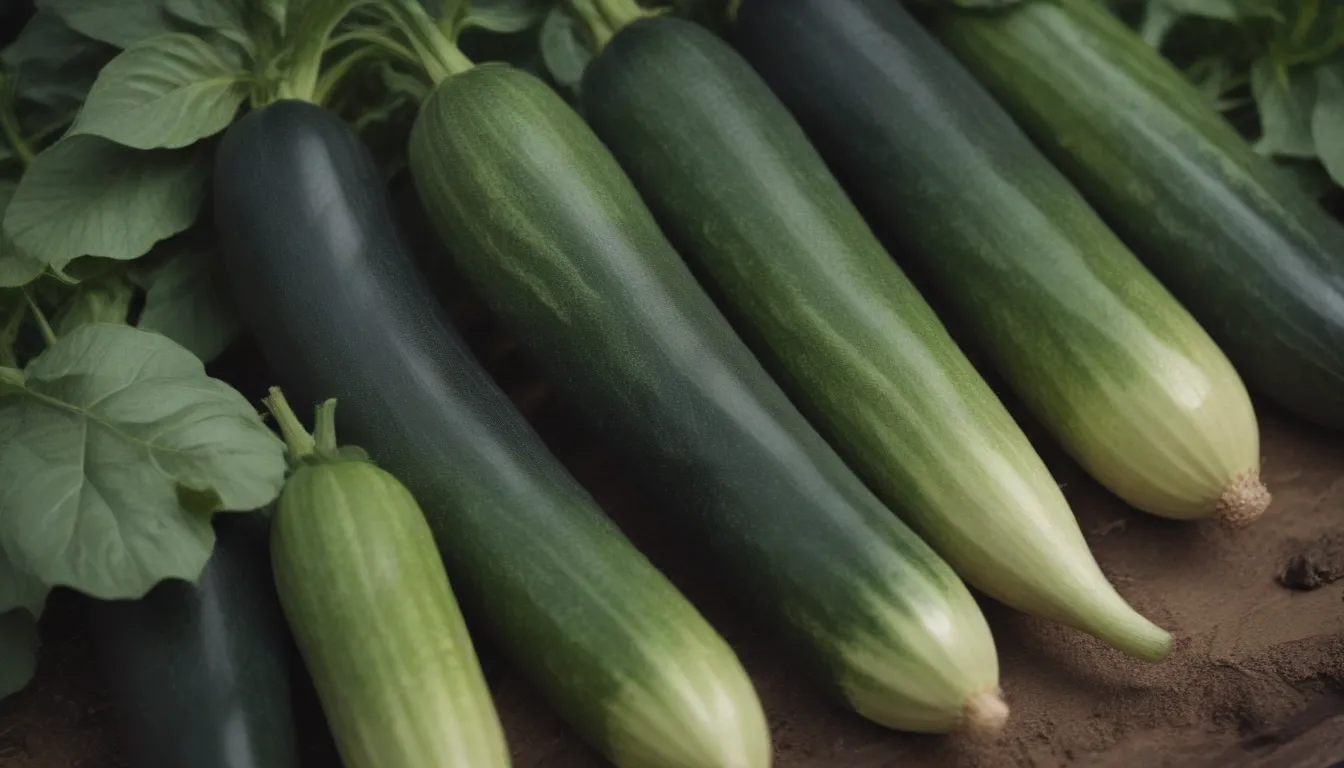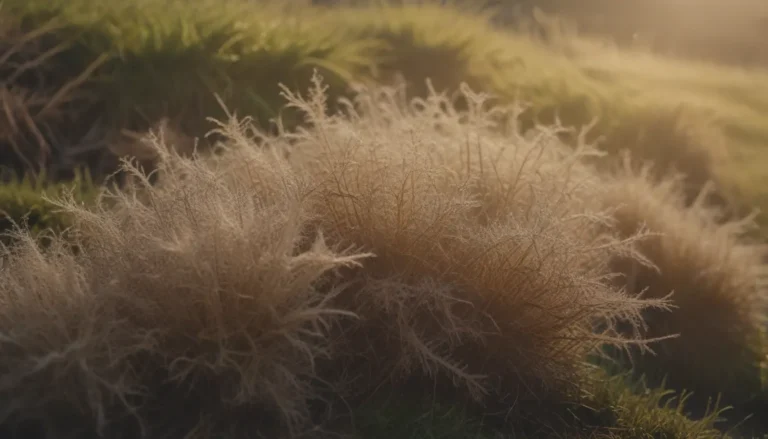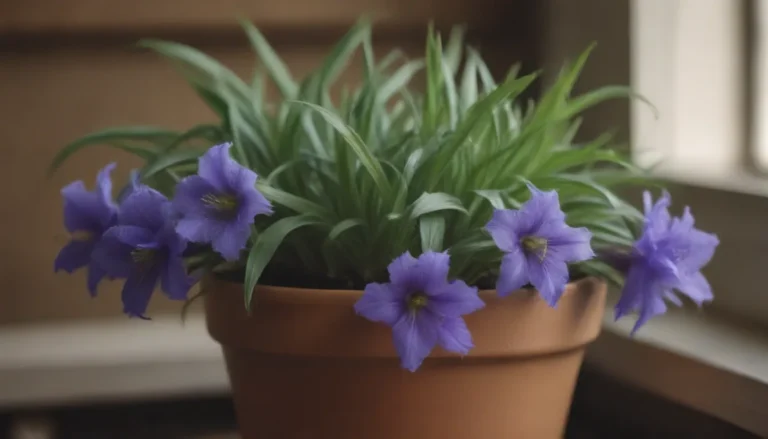Everything You Need to Know About Growing Perfect Zucchini Plants

If you’ve ever tried your hand at gardening, you may have heard that zucchini plants are one of the easiest vegetables to grow. While it’s true that zucchini can thrive without much help, there are a few tips and tricks that can help you get the most out of your zucchini plants. Whether you’re a seasoned gardener or just starting out, here are five valuable tips to help you grow great zucchini plants that will keep producing throughout the growing season.
Types of Zucchini Plants
Zucchini plants come in two main varieties: vining and bush. The vining varieties require more space to sprawl or the addition of trellises, while bush types are better suited for small space gardening. Before planting your zucchini, consider which variety will work best for your garden setup. No matter which type you choose, zucchini plants need about six to eight hours of full sun and consistently moist, fertilized soil to thrive.
Plant in ‘Hills’
In gardening lingo, a “hill” is a raised mound of soil that offers several benefits for growing zucchini plants. Planting zucchini in hills allows the soil to warm up quickly, provides better drainage, and encourages increased pollination. Whether you’re starting from seed or using seedlings, plant two to three zucchini plants close together in a hill to promote better pollination. Don’t forget to dig compost into the soil to give your plants the nutrients they need to thrive. Remember to water your plants properly, providing about an inch of water per week to ensure healthy growth and ample fruit production.
Monitor Pollination
Zucchini plants rely on both male and female flowers for fruit production. Female flowers are the only ones that set fruit, so it’s important to have an adequate number of both types of flowers open at the same time. If you find that your zucchini plants are producing more male flowers initially, be patient – the female flowers will come in due time. You can also take matters into your own hands by manually pollinating the flowers using a paintbrush to transfer pollen from male to female flowers. And don’t let those early male flowers go to waste – fry them up for a tasty treat!
Don’t Plant Too Early
Zucchini plants are sensitive to frost and cold temperatures, so it’s essential to wait until mid-spring to plant them in your garden. Planting too early can result in pitted skin on the fruits from chilling injuries. Wait until the danger of frost has passed and the soil temperature is consistently above 60 degrees Fahrenheit before planting your zucchini. If you do plant early, use row covers or mulch to protect your plants at night when temperatures dip below 60 degrees. Keep row covers handy in the fall to extend your harvest.
Try Succession Planting
While zucchini plants produce fruit quickly, their production can slow down over the growing season. Succession planting allows you to start new plants throughout the growing season to maintain a steady harvest. Depending on your climate, you can start new zucchini plants two to three times during the season for a continuous supply of fresh zucchini. Zucchini is easy to grow from seed, so there’s no need to start seeds indoors. Simply sow seeds directly in your garden after your first round of plants have matured, and you’ll have new plants sprouting in no time.
Look Out for Squash Borers
Squash vine borers can be a common pest for zucchini plants. These pests lay their eggs at the base of squash plants, and the larvae burrow into the stems, cutting off water flow and potentially killing your plants. To prevent squash vine borers, consider delaying planting your zucchini until mid-July. This can help break the cycle of infestation and reduce the risk of damage to your plants. You can also use row covers to prevent the adult moths from laying eggs on your plants, but be prepared to hand-pollinate the flowers. If you’re looking for an alternative method, try wrapping the base of the stems with aluminum foil to deter the larvae from burrowing into the plant.
With these tips in mind, you’ll be well on your way to growing healthy, productive zucchini plants in your garden. By following these guidelines and staying attentive to your plants’ needs, you can enjoy a bountiful harvest of fresh zucchini throughout the growing season. Happy gardening!
Reference:
The Spruce. (2021). 5 Tips for Growing Great Zucchini Plants. Retrieved from [link]





